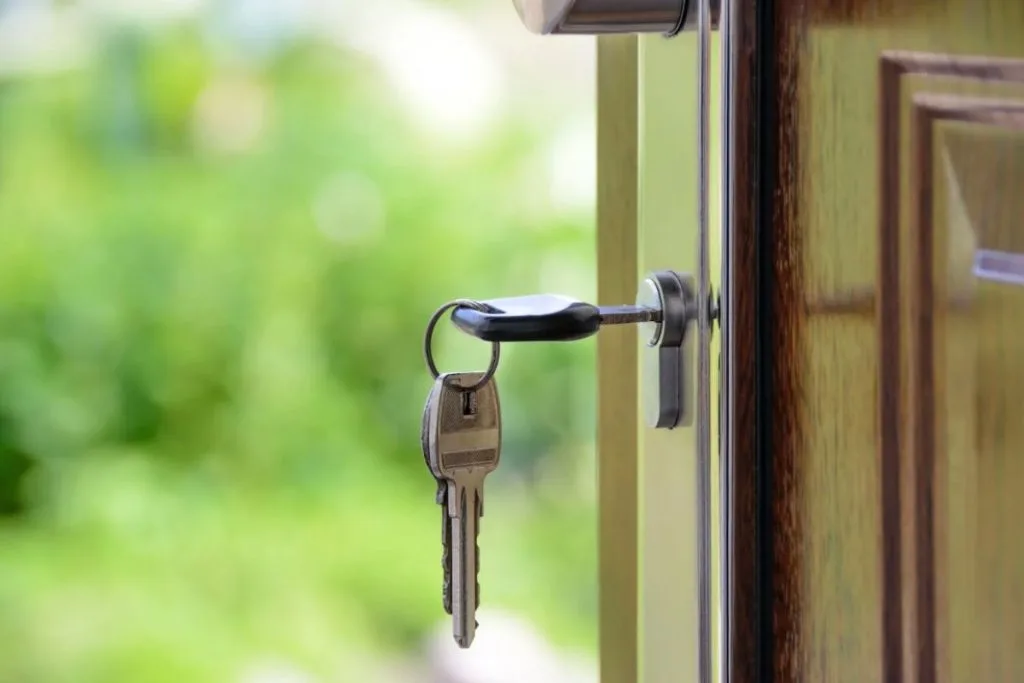Staying on top of home maintenance and repairs is essential for any homeowner. Whether you want to keep your home looking great year-round or make your space more energy efficient, staying ahead when it comes to seasonal prep work can reduce costs, improve comfort and even help protect the environment. Making sure your property well cares for each season helps ensure that small issues don’t become big problems later on.
1. Install a Split AC System
During the summer months, an air conditioning system can help keep your home cool and comfortable. Split AC systems are becoming increasingly popular since they use less energy than traditional central air systems. Make sure to get a unit that is correctly sized for your space. For example, a split AC unit for a 200-square-foot room should be 2.5 tons. If it’s too small for the space, it won’t be able to cool down your home as efficiently. While having a professional install your AC system is the safest option, many modern units are designed for DIY installation.
2. Replace Old Windows and Doors
Installing new windows and doors is one of the best ways to improve your home’s energy efficiency and keep your family safe from the elements. Look for high-quality, double-glazed windows and insulated doors with durable weatherstripping. Consider installing storm windows and doors to protect against extreme weather conditions, such as hurricanes or blizzards. In addition to protecting your home from the outside elements, new windows can also help reduce noise pollution in your area. Lastly, if you’re looking to upgrade the look of your home in addition to increasing its value, consider replacing existing frames with stylish designs that match your aesthetic preferences.
3. Repair Your Roof Before Winter
When winter approaches, it’s important to make sure your roof is in good condition. If you have missing shingles or other signs of damage, it’s best to repair them before the cold temperatures and rain or snow arrives. Not only will this help protect your home from water damage during the winter months, but it can also save you money on energy bills by keeping warm air inside your home instead of escaping through a damaged roof. Additionally, if there are any trees near your house that could drop branches on your roof, consider cutting them back so they don’t create further damage when the weather turns bad.
4. Clear Gutters and Downspouts
It’s important to regularly clean your gutters and downspouts at least twice a year—once before winter and once after winter. Blocked gutters can lead to water pooling on your roof which could cause leaks, while blocked downspouts can prevent the water from flowing away properly. Checking for blockages or buildups of debris such as leaves, sticks, dirt, bird nests, etc., should be done when you are cleaning the gutters and downspouts. In addition to removing any blockages, it is also important to check that all of the joints between sections of the gutter and downpipe are tight and secure.
5. Install Outdoor Lighting
As the days become shorter, it is important to ensure your outdoor spaces are well-lit for safety and security. Consider motion-sensor lights that can be easily installed on the exterior of your home. You may also want to add string lighting around your porch, patio, or garden area to create a cozy atmosphere. Make sure you use weatherproof fixtures when installing any kind of outdoor lighting so they can withstand harsh weather conditions like cold temperatures, rain, and snow. Properly positioned and maintained outdoor lighting will also make areas more enjoyable during long winter nights!
6. Prepare Your Landscaping
For the winter months, it is important to protect your landscaping from heavy snow and ice damage. Prune any overgrown trees or bushes that could be in danger of causing damage to your home during a storm. Make sure to rake and mulch leaves away from your foundation to prevent mold growth due to trapped moisture. In preparation for spring and summer, trim back shrubs and trees to promote healthy growth. Consider adding new perennials or annuals for color and texture in beds and planters throughout the season.

Preparing your home for each season is an important part of maintaining its value and protecting it against the elements. From replacing old windows and doors to installing outdoor lighting and preparing your landscaping, there are a variety of steps you can take to ensure your home is protected all year round. With proper preparation, you can make sure that your home is ready to tackle whatever the seasons throw its way!

